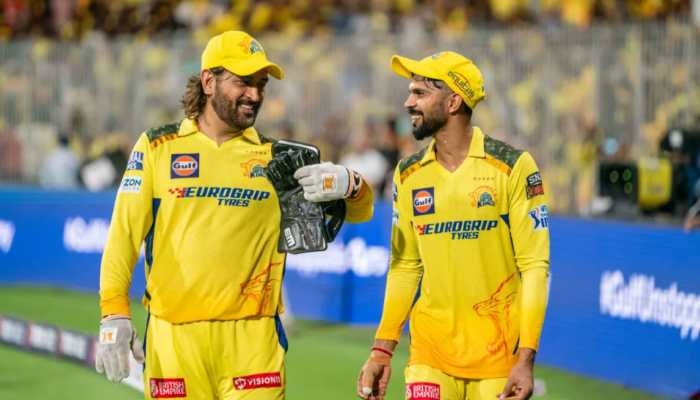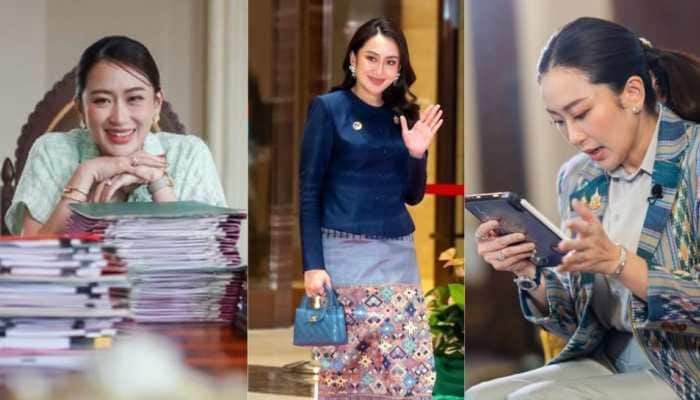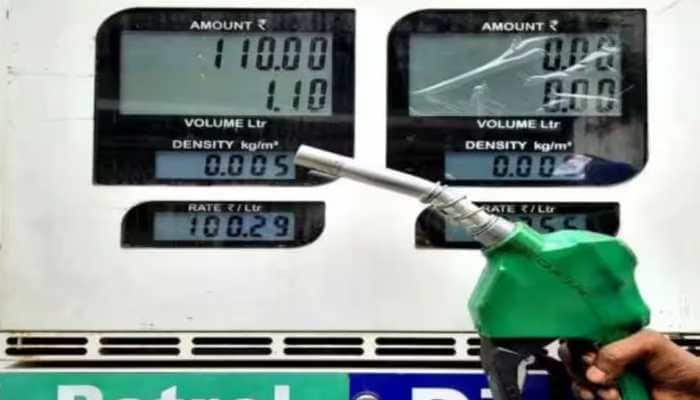Why a giant Sardar Patel statue is a key piece in PM Modi's political calculation
Even if Modi appears small in front of the statue in carefully crafted photographs, he will be seen by Gujarati youth as an inheritor of values of the Grand Unifier.
Trending Photos
)
Much has been written about Prime Minister Narendra Modi inaugurating a 182-metre statue of Sardar Vallabhbhai Patel, the Great Unifier of India. While the more obvious political explanation for the move to erect the world's tallest statue is linked to one of his party's pet themes - Nehru family bashing - a closer look would reveal that at play is an aspect of his politics that is not discussed enough: Gujarati pride. Kevadiya, the town of only 6,800 people that is nearest to the statue on the banks of the Narmada river, has an immediate political significance as well.
While the Hindi belt has officially dominated Indian democratic politics since Independence, the fact is that Gujarat had given three major leaders shaping modern India before Modi came on the scene: Mahatma Gandhi, Sardar Patel and Morarji Desai.
Patel welded 562 princely states into a modern republic after Gandhi led the Indian National Congress that spearheaded the movement to win freedom from British rule. Patel's differences with Nehru were healthy and not serious but have provided political ammunition to Nehru bashers six decades later, who act in the belief that the younger generation will see the differences as a deep rift.
Desai came much later but had his own significance. As the prime minister who headed India's first non-Congress government for two years from 1977, Desai was important because his rule came after a brutal Emergency rule under Indira Gandhi. Perhaps even more important, Indira's rise a decade earlier had pitted Desai against her within the Congress before she split the nation's leading party in a populist upsurge backed by a slew of left-wing parties and groups. The Statue of Unity in that sense represents a lineage of differences within the Congress involving towering Gujaratis.
Modi's politics has three different strains. First, is, of course, the Hindutva ideology of the Rashtriya Swayamsevak Sangh (RSS) of he has been a long-time soldier. Second is a modern face that stresses on clean governance, decisive policy-making and industrialisation. The third, and the least spoken about, is Gujarati pride. I have reasons to believe that Modi's attempt to appropriate the late Congress leader, Sardar Patel, despite Patel's criticism of RSS and its ways, is an attempt to project himself in the lineage of a great Gujarati.
Modi knows that no national leader can command a huge following when his own base is not safe. While Gujarat is still under the BJP with Modi's loyalists in power, the last assembly election that saw an eroded party strength and the rise of young anti-BJP leaders like Jignesh Melvani and Hardik Patel showed that he can take nothing for granted in the state that has 26 seats in the 543-member Lok Sabha. The Statue of Unity in that sense speaks for Gujarati unity in a charged political atmosphere.
Modi needs every trick in the bag to tower over Gujarat. Standing at the foot of a giant statue of Sardar Patel in an interior part of the state has strong visual symbolism. The younger generation will see him not just as a spunky small-town tea-seller who made it big as a national leader in India but as one who belongs in a great lineage. Modi knows that in a dynamically changing India, Hindutva has limited value, and his own 'Moditva' that crafts his own cocktail of a personality cult and a slew of slogans and promises would be vital if he has to maintain his front-running role in a volatile democracy of more than 100 crore people. Locating himself in a grand lineage strengthens the Moditva plank.
In the shifting sands of coalition politics in India, Modi cannot afford to play the hardline Hindu card the way the Bharatiya Janata Party played in the high noon of the Ram Mandir movement in the 1990s. Having tried to register his mark as a modern international leader, he needs 'Moditva' with a populist twist. As things stand, local populism based on Gujarati pride works far better - and is a lot less risky - than any plank that deepens Hindu-Muslim divides. Modi simply cannot afford divisive politics anymore, as he has arrived on the national scene already and stands to gain more from cementing divides than fomenting them.
A healthy regional pride is accepted worldwide more than religious parochialism. The Rs 2,989-crore statue of Patel gives Modi an architectural marvel that stands for many things at once: Gujarati pride, ambition, tradition, novelty and creativity. Even if Modi appears small in front of the statue in carefully crafted photographs, he will be seen by Gujarati youth as an inheritor of values of the Grand Unifier. That hopefully enhances Modi's prospects in his home state, even as the BJP struggles to hold on to power in its other strongholds: Rajasthan, Madhya Pradesh and Chhattisgarh.
(Madhavan Narayanan is a senior journalist who has covered politics, diplomacy, business, technology and other subjects in a long career that has spanned organisations including Reuters, Business Standard and Hindustan Times. He is currently an independent columnist, editor and commentator. He is listed among the top 200 Indian influencers on Twitter. He tweets as @madversity)
(Disclaimer: The opinions expressed above are the personal views of the author and do not reflect the views of ZMCL.)
Stay informed on all the latest news, real-time breaking news updates, and follow all the important headlines in india news and world News on Zee News.
Live Tv







)
)
)
)
)
)
)
)
)
)
